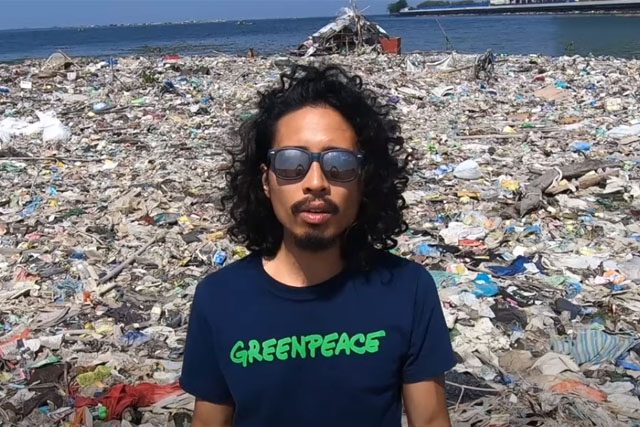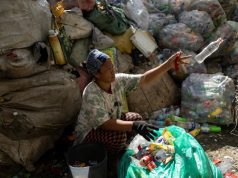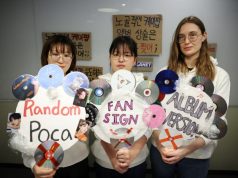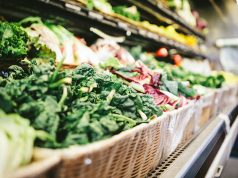
Actor Pepe Herrera urged Filipinos to stop creating “garbage islands” or islands artificially created from large volumes of trash mostly consisting of single-use plastics.
The actor, together with Greenpeace Philippines, shared a video where they featured a “garbage island” found near Freedom Island in Parañaque City.
“This is literally an island of single-use plastic garbage,” Herrera said.
Freedom Island is an artificial island that was formed between 1973 and 185 when the Manila-Cavite Expressway was being constructed.
It is located within the Las Piñas-Parañaque Critical Habitat and Ecotourism Area which is considered a haven of migratory birds from all over the world due to its abundance of swamps and mangrove forests.
The “garbage island” that was formed near Freedom Island is filled with single-use plastic wastes like sachets, water bottles and containers.
“If we don’t #BreakFreeFromPlastic now, we’d have more islands to welcome than the 7,641. Tell companies to stop producing single-use plastic,” Greenpeace Philippines said in its post.
A link to a petition created by Greenpeace that is addressed to multinational companies was included in the post as well, which has gained 6,628 digital signatures as of writing.
Previous efforts
Herrera previously announced that he would be devoting his time as a “garbage collector” wherein he would pick up trash along beaches he visits as a “lifelong commitment.”
Greenpeace Philippines’ international counterpart also launched a social media campaign urging people to tag companies responsible for manufacturing plastic wastes they encounter lying around.
The litter would be photographed and then shared on social media with the hashtag “#IsThisYours?”
The company’s official social media account should be tagged in the post as well so that it would raise awareness.
Unilever, one of the companies tagged by the environmental organization among the heavy manufacturers of single-use plastic, recently launched an initiative as well.
It is now allowing its consumers to refill their shampoo and conditioner bottles instead of buying new ones in an effort to reduce plastic consumption.
Country of plastic
The Philippines is among the world’s major producers of “half of the world’s plastic wastes,” according to a 2015 study titled “Plastic waste inputs from land into the ocean.”
The country produced 6,237,653 kilograms of plastic wastes daily, where 81 percent of it was considered “mismanaged” or not dumped into landfills.
Instead, it makes its way into waterways which are connected to oceans or large bodies of water like Manila Bay. If the practice continues, it could significantly outnumber fishes by 2050, based on the United Nations Environment Programme.
Its report also noted that single-use plastic products contribute the most in terms of plastic wastes. These are water bottles, shampoo and milk bottles, grocery bags, food packaging and plastic cutlery.
The Global Alliance for Incinerator Alternatives blamed the country’s “sachet economy” where products and necessities are typically sold in single-use sachets like instant coffee, shampoo, cooking oil, food seasoning and toothpaste.









